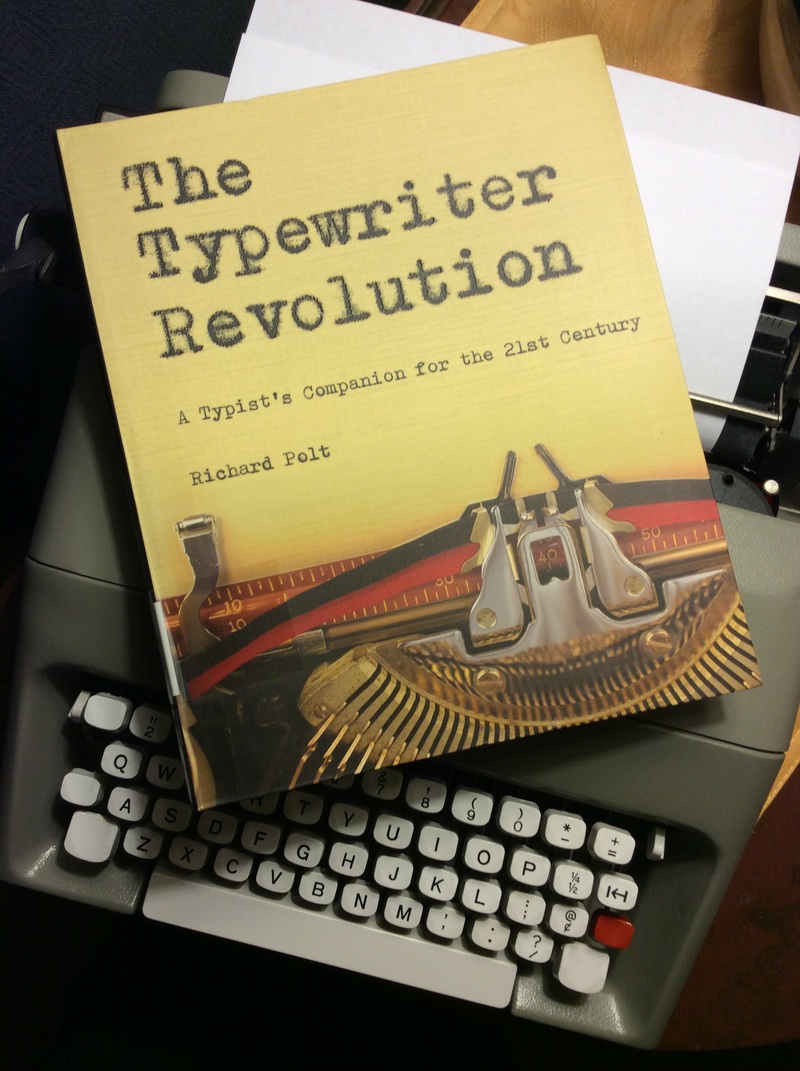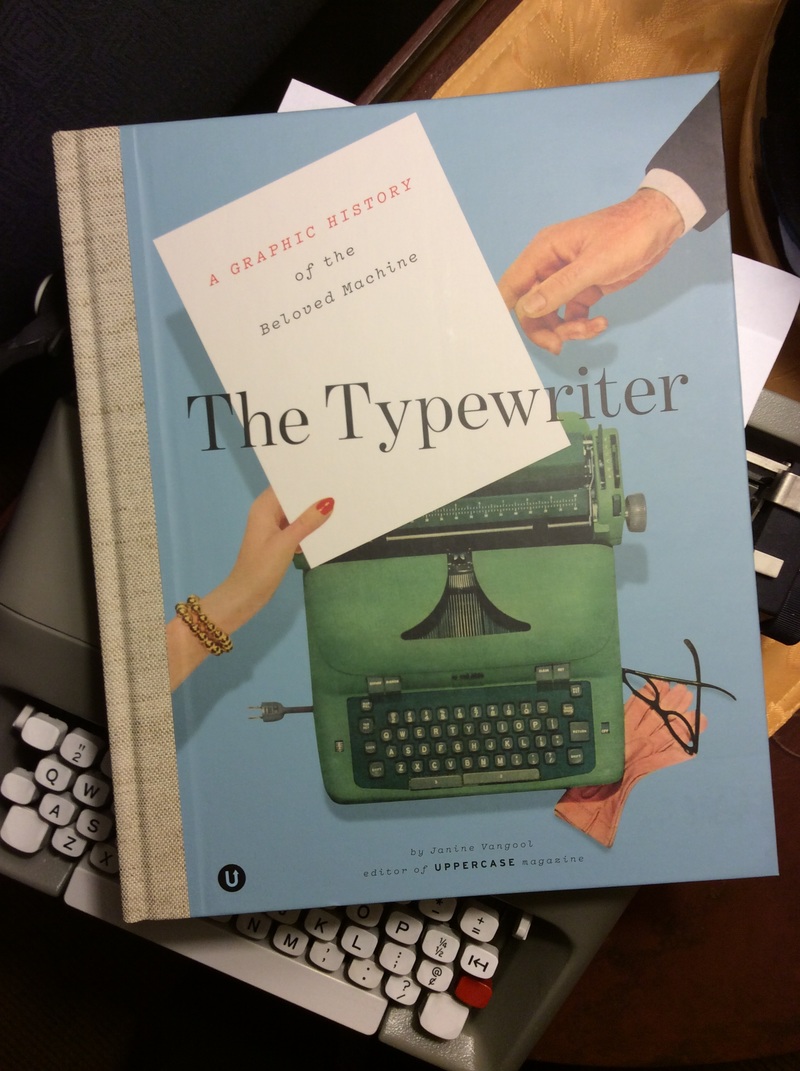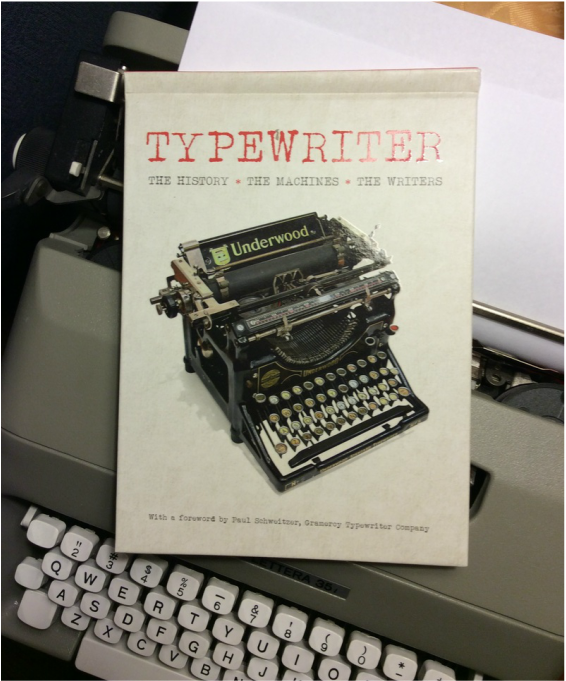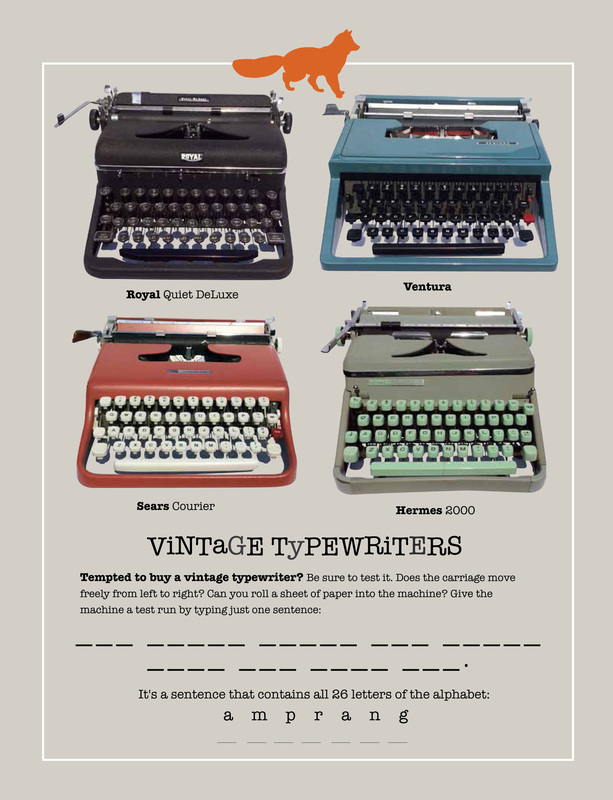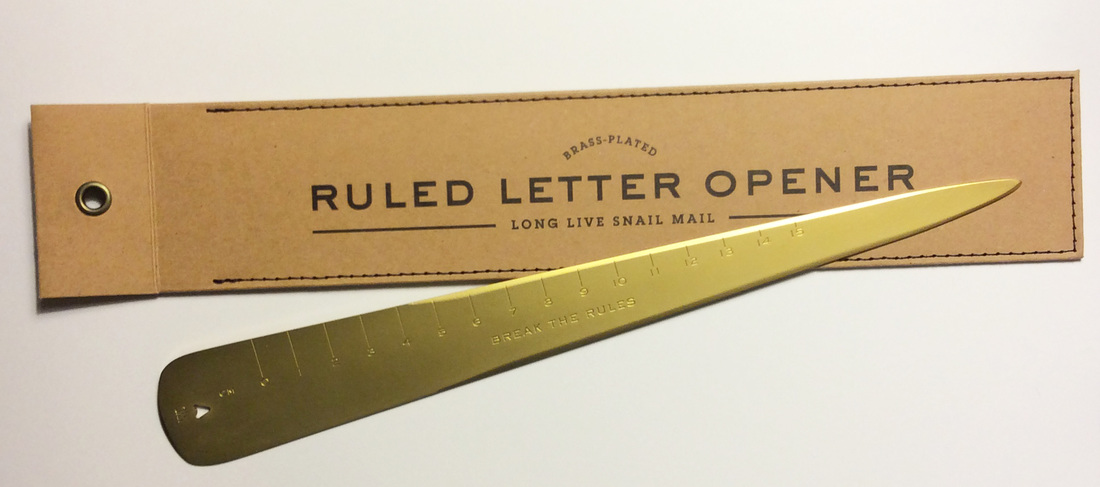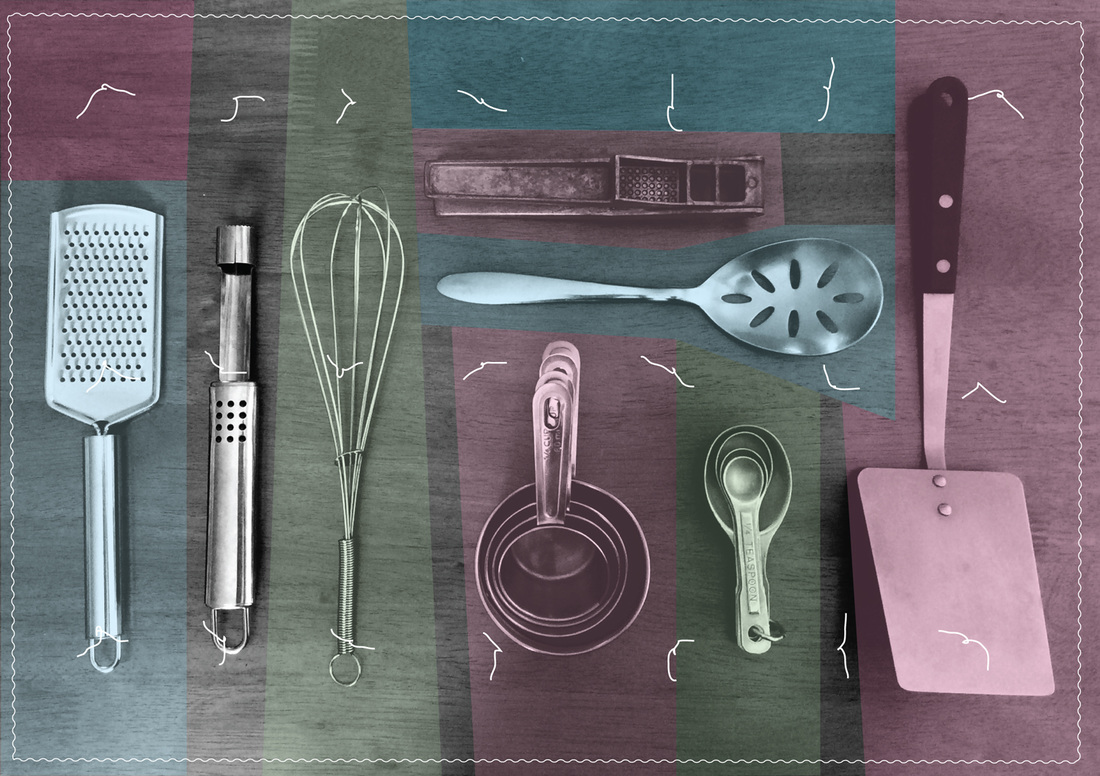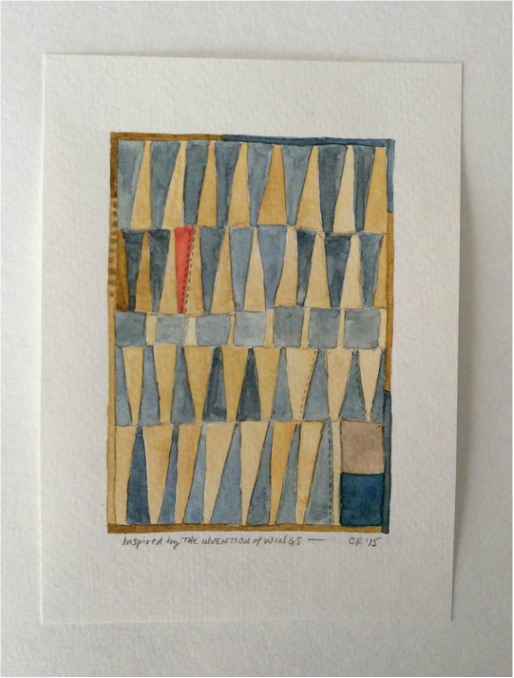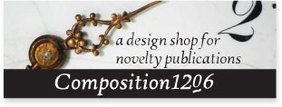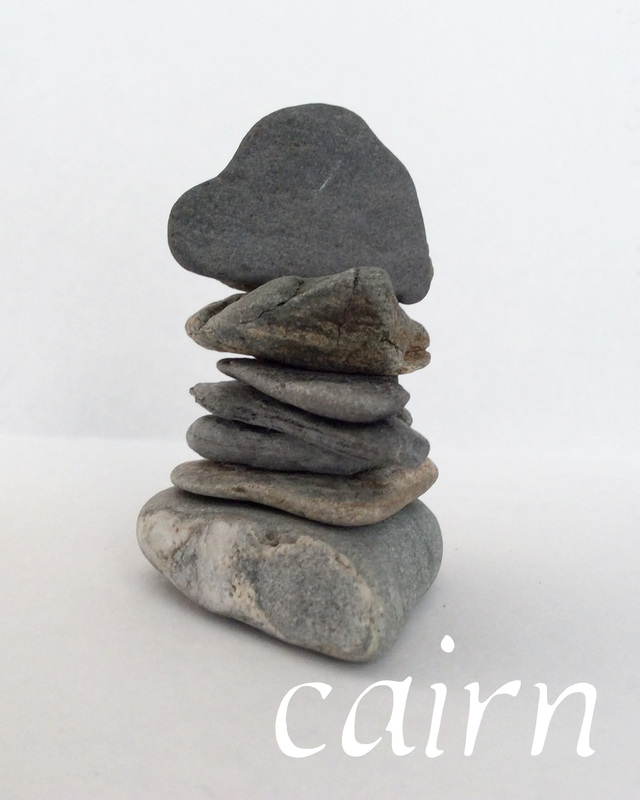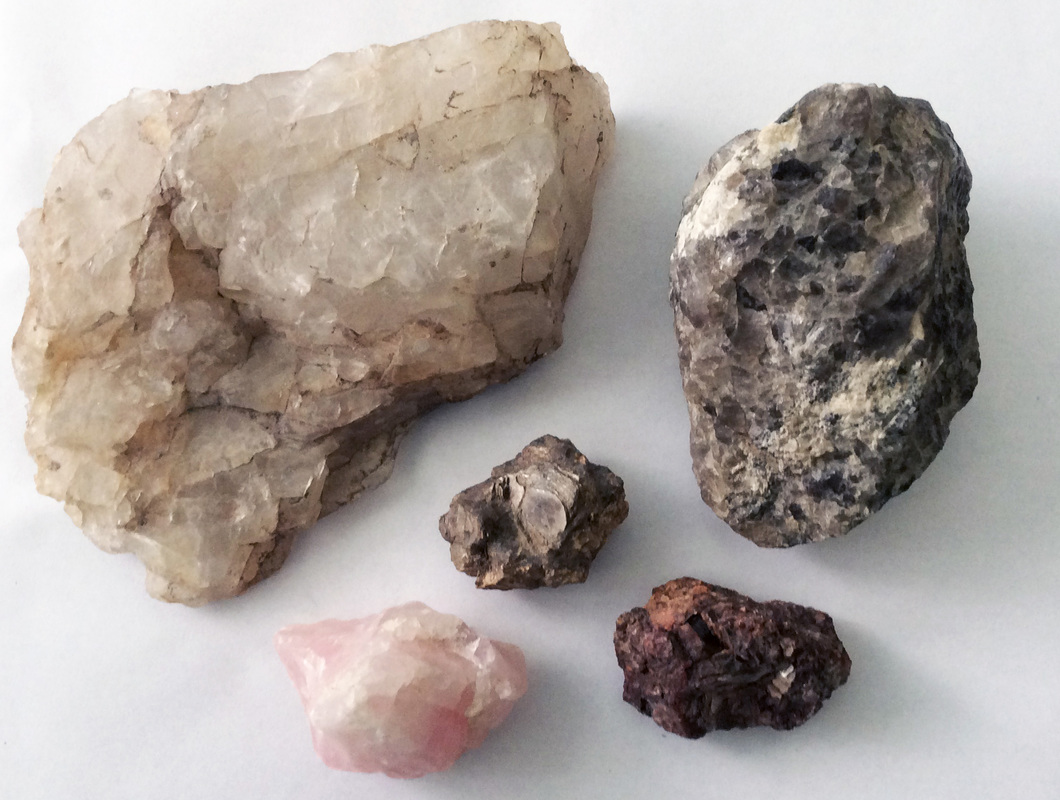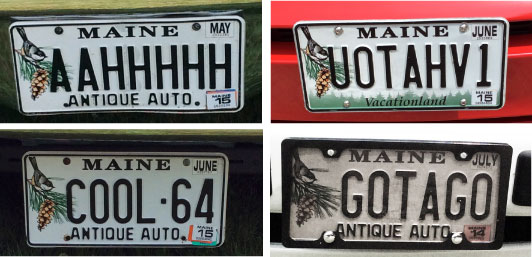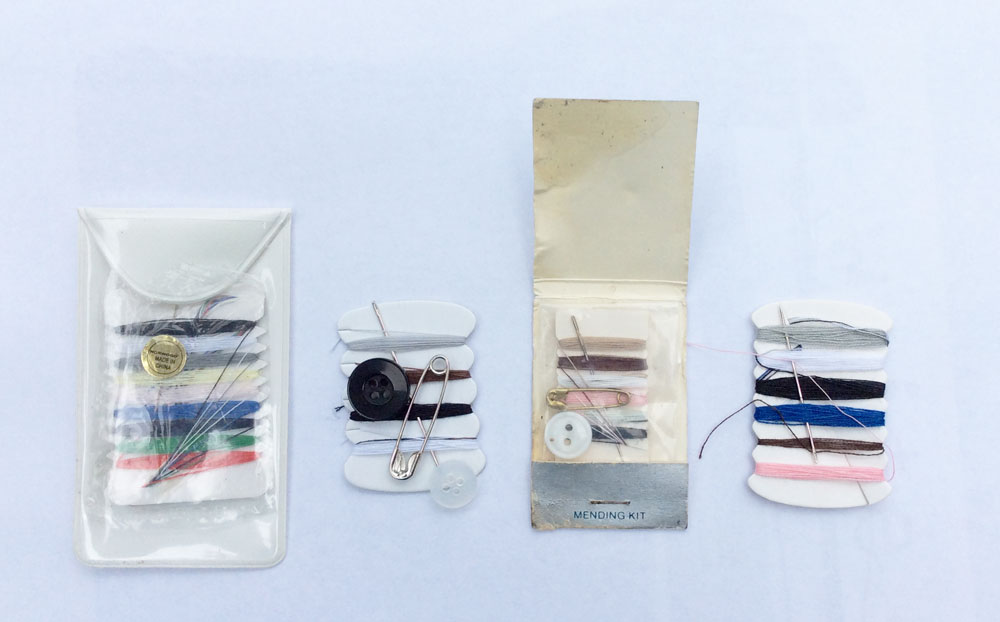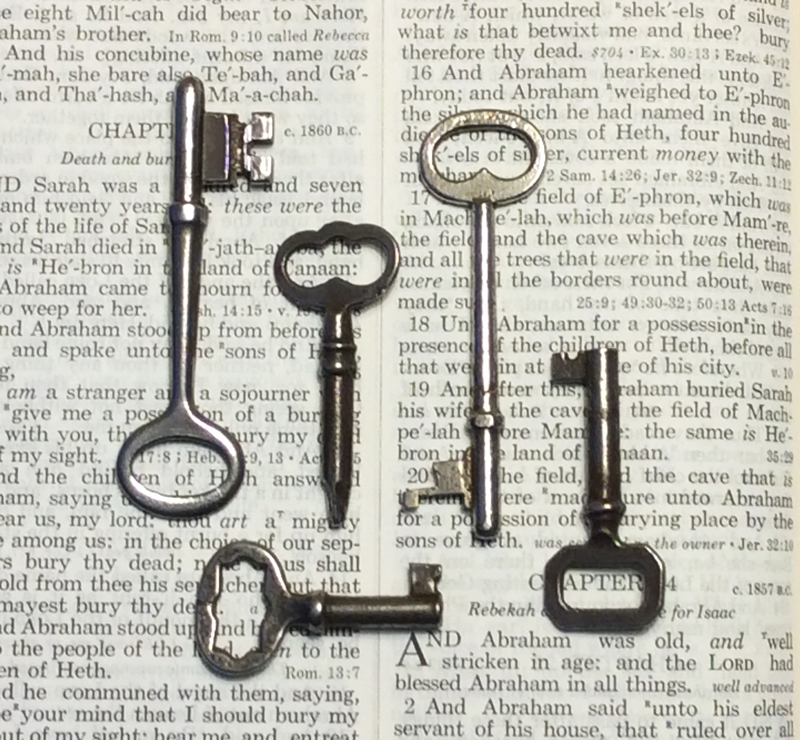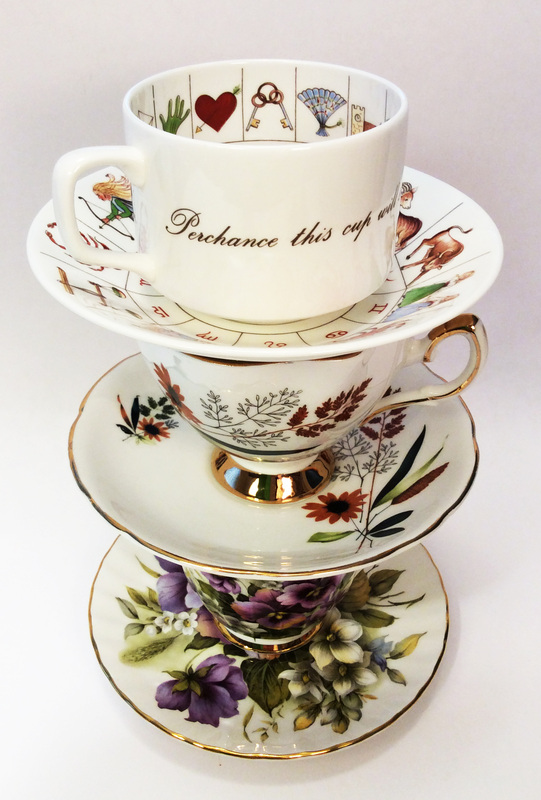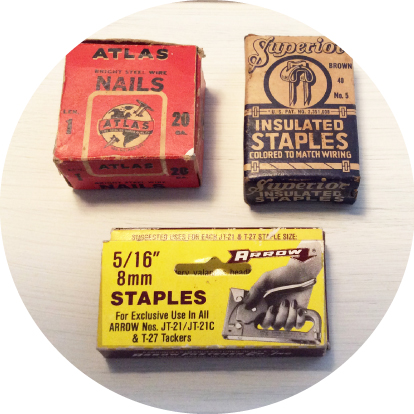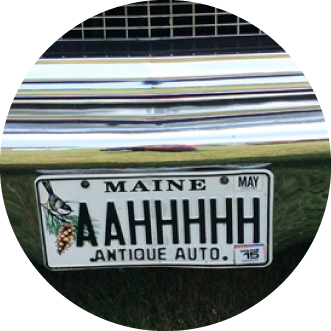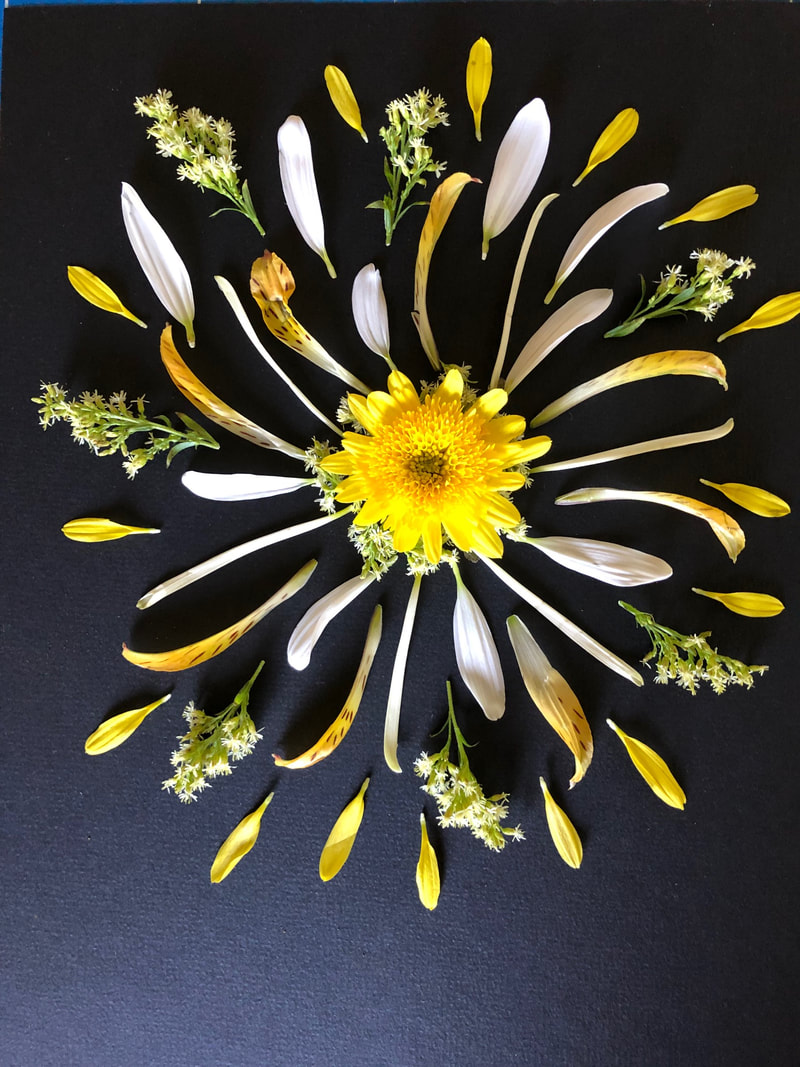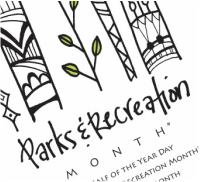|
A Story of . . . typewriters, books, collecting, writing, and author David McCullough There's something about a typewriter (or a book about typewriters), that gets me every time. Today it was The Typewriter Revolution by Richard Polt. The book covers a good bit about the mechanics of a typewriter and a lot about the renewed popularity of the machine including the people and events that support it — have you heard of a type-in? The Typewriter Revolution was new to me. I have two other books about typewriters that are worth a look. The Typewriter by Janine Vangool, is a beautiful volume loaded with vintage advertisements and photographs. The other is Typewriter, by Tony Allan that features Richard Polt as consultant. This is a condensed volume chock full of interesting bits about the history of the machine, the typewriter in advertising, solving crimes, its impact on journalism, and today's type-in. In addition to the books, I have a collection of typewriters (that's one of them underneath the books), and a few vintage ribbon tins. The typewriters are great fun for writing letters and addressing envelopes.
It's no coincidence that these books have all been published in the last year. Typewriters are enjoying renewed popularity. Maybe it's a reaction to so much screen time, maybe the wonder of a simple machine. Hipsters and people of all ages are in. Author David McCullough has used the same typewriter for over 50 years to write all of his books, despite offers from friends and family to switch to a more modern writing device, the computer. He talks about his typewriter in this interview with The Paris Review. Last spring our local library held a makers fare that featured a typewriter repair session hosted by Tom Furrier of Cambridge Typewriter. I'm hoping it will be part of this year's fair as well . . . I'm having trouble loading the ribbon on one of my machines. If you need repairs, contact Tom. He's friendly and generous in sharing his knowledge about typewriters. Actor Tom Hanks collects typewriters and has developed an app that recreates the sound and look of typing on a typewriter (link below). Fun, but nothing beats the real thing. Here are some links: The Classic Typewriter Page - Richard Polt's site The Typewriter - Janine Vangool's site about the typewriter Typosphere all things typewriters Hanx Writer - an app that recreates the sound and look of typing on a typewriter The Anitkey Chop - a gallery of typewriters and people using typewriters Cambridge Typewriter - Tom Furrier's shop and blog Below is a page design I created that includes four of my typewriters along with two word puzzles. Post a comment with your answers . . . if you're stumped, let me know, and I'll post the answers.
1 Comment
This lovely gem came in the mail today! It's the first letter opener in my collection that has it own sleeve (and is brand new) from Izola. I've had my eye on it for a while, and mentioned it in the post for the L stamp in our ABCs of Letter Writing . . . a quick read and fun if you're an American history buff.
Ever since listening to The Invention of Wings by Sue Monk Kidd, I’ve been drawn to quilts and quilt patterns. I’m not interested in sewing quilts, just the patterns. Not floral patterns, but geometric patterns. To satisfy my interest, I’ve borrowed lots of books from the library, and my favorite to date is the first one I selected: The Quilts of Gee’s Bend The book chronicles the work of a community of African-American women in Gee’s Bend, Alabama, and their more than two-hundred year tradition of quilt making. It was the first quilting book I looked at after finishing The Invention of Wings and it inspired the drawing below. When I pulled the image above from the archives for today’s post (Puzzle Day), I considered using it to represent the concept in two ways: 1) The arrangement. It was a bit of a puzzle to position the utensils as they are, and 2) Putting together a collection can be puzzling, what belongs, what doesn’t? This is a Calendar of Days post: National Puzzle Day
Today is Old Rock Day. If you've walked a trail or along the beach recently, you may have seen a stack of rocks*, a man-made pile of rocks, a cairn. Historically cairns have been used as trial markers and in ceremonial practices. More recently, however, cairns made for personal and spiritual reasons have been popping up in natural settings all over the world leading some to say "stop the rock-stacking." And for good reason. 1) random cairns can potentially mislead people who might mistake one for a waymarker 2) they disrupt the natural beauty, imposing a man-made structure in a wilderness setting 3) moving rocks may lead to erosion 4) leave-no-trace policies could leave you between a rock and . . . *The cairn above is one I built on a table at home from rocks I collected on the beach, it stands a mere 2-1/2" high. Are you a rockhound? Share you enthusiasm with others, or get started by talking to someone who is. Here's a list of rock clubs by state, find one near you!
If you are a collector or rock artist, we'd love to know more, get in touch and tell us about it!
Popped a button? Drooping hemline? These little kits provide the essentials when you need to stitch yourself back together — provided of course you know how to thread a needle and run a few stitches.
|
Categories
All
Archives
April 2016
|
